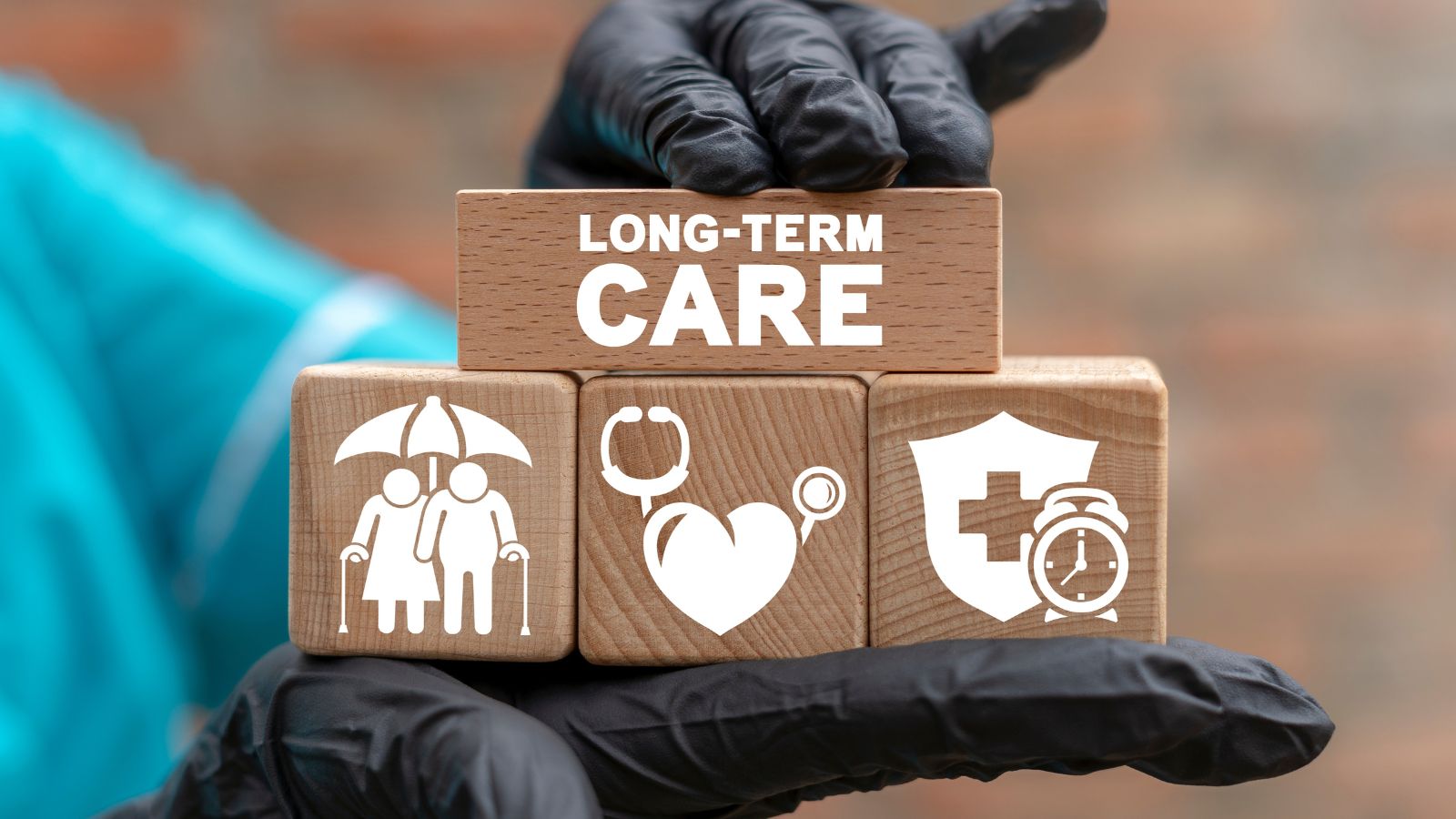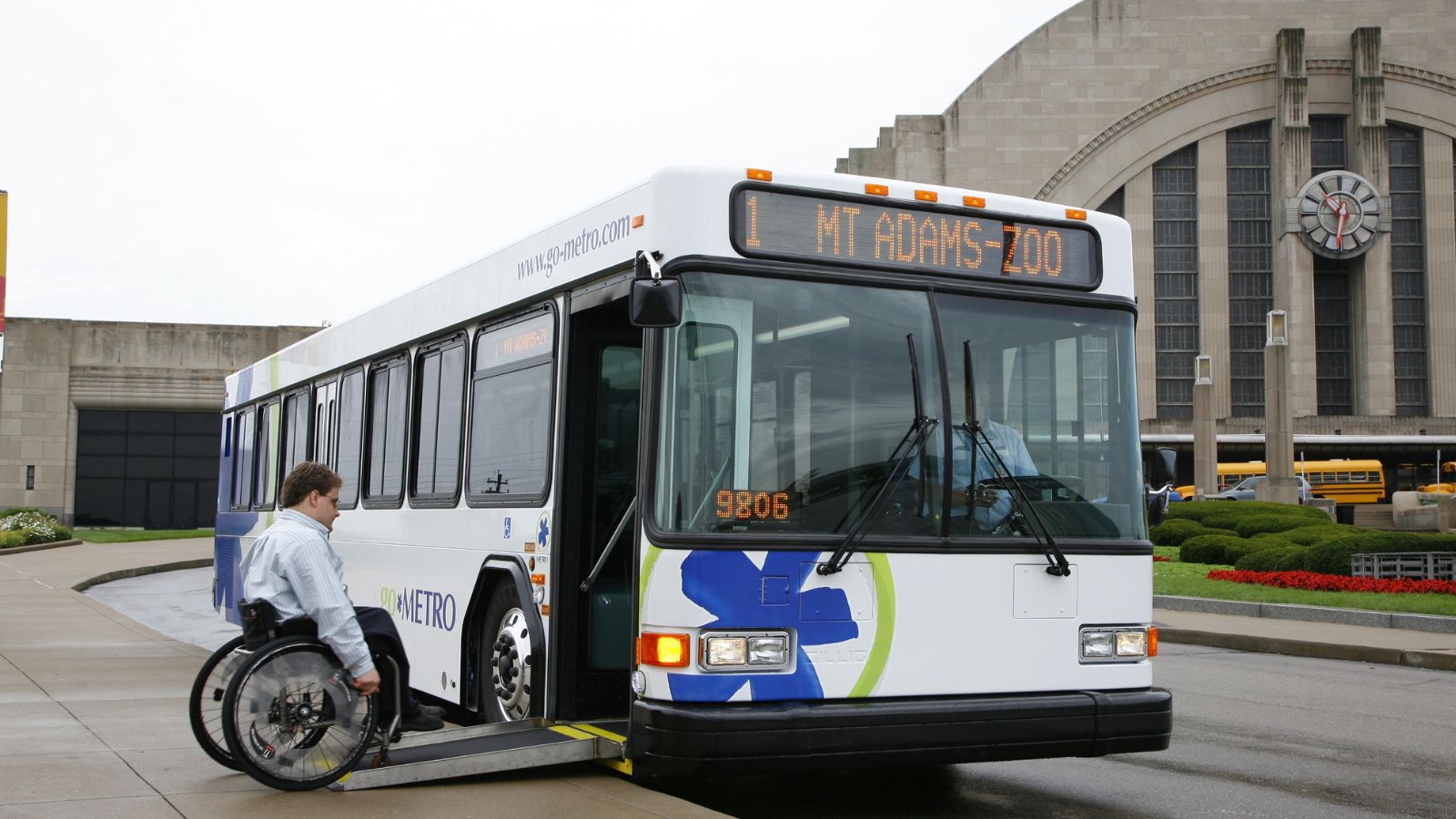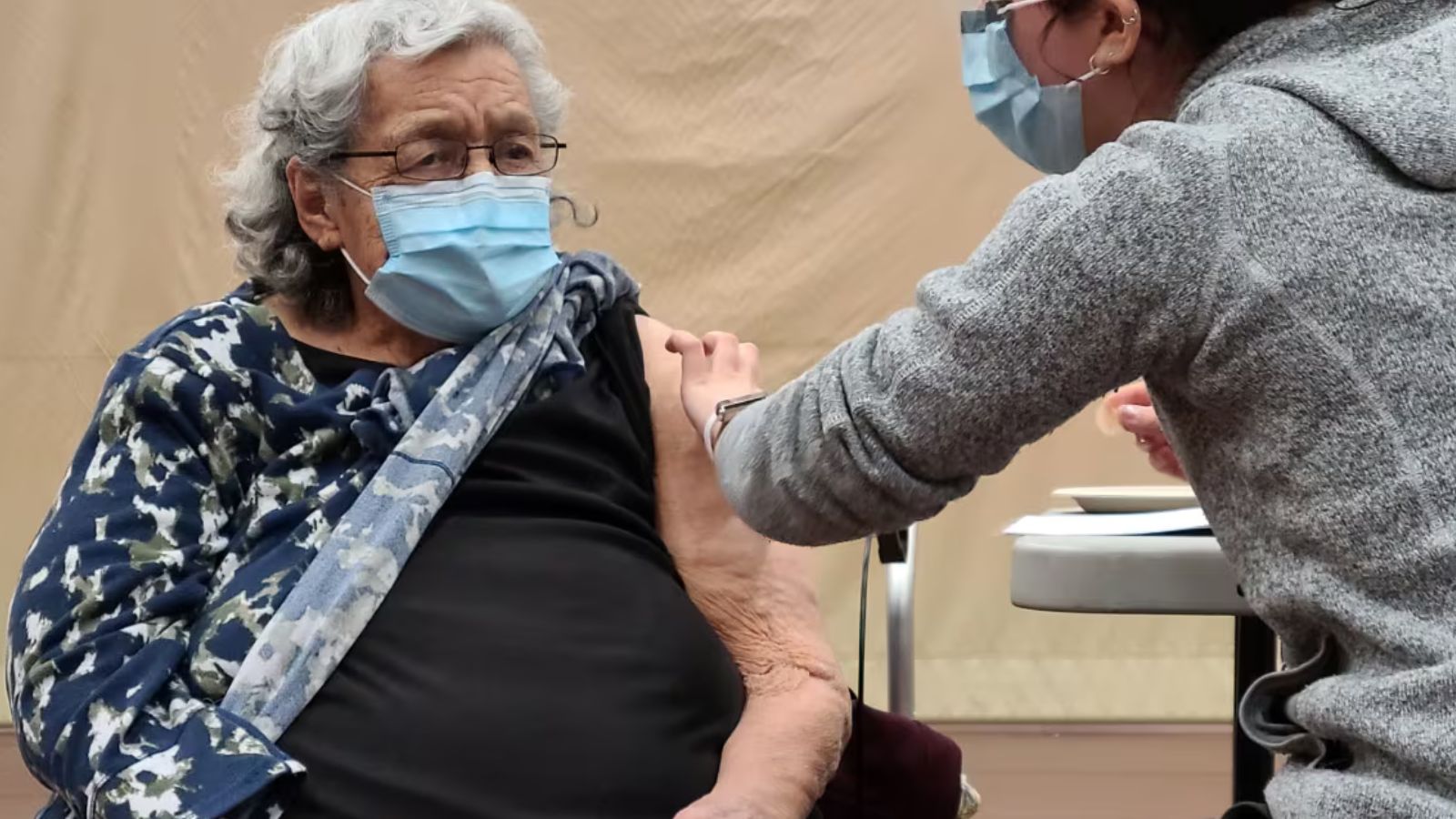Canada has always prided itself on being a nation that values fairness, dignity, and care for all its citizens. And yet, when it comes to the people who have contributed decades to building this country—the seniors—these principles are not always reflected in reality. With the growth of the senior population, many older Canadians find themselves overlooked, marginalized, or neglected in deeply concerning ways.
The gaps are vast—from healthcare to housing, and financial security to digital access—and they continue to grow. Here are 25 startling ways Canadian seniors are being left behind in a society that should embrace them with respect and support.
Inadequate Long-Term Care Facilities

Canada’s long-term care system is heavily fractured, with staff shortages, underfunded facilities, and inconsistent oversight across provinces. Seniors in care homes are often victims of long waitlists, crowded conditions, and limited personalized care.
The COVID-19 pandemic exposed how ill-prepared these institutions were, with some facilities experiencing devastating outbreaks and deaths. There have been calls for reform, but implementation remains slow, leaving many elderly residents in poor living conditions. This is a systemic failure, and it continues to impact society’s most vulnerable.
Rising Cost of Living on Fixed Incomes

Pensions and retirement savings cannot keep pace with inflation, leaving seniors struggling to afford basic needs. Essentials like utilities, food, and medication have recently become significantly more expensive.
Seniors relying solely on Old Age Security (OAS) and the Canada Pension Plan (CPP) are troubled, as the monthly income is usually insufficient. This has forced many seniors to dip into limited savings or re-enter the workforce to survive. The gap between resources and needs continues to widen for many older Canadians.
Lack of Affordable Senior Housing

There is a critical shortage of affordable, accessible housing options for seniors across Canada. Many elderly individuals have resorted to living in outdated or unsuitable homes because they can’t afford to move and are unable to find alternatives.
Waitlists for government-assisted housing can span years, leaving many to live alone and in unsafe conditions. Similarly, rental prices in cities have increased beyond what most fixed incomes can support. Housing insecurity is becoming a silent crisis among Canada’s seniors.
Inadequate Mental Health Support

Mental health care remains highly under-resourced for seniors, despite growing awareness of its importance. Issues such as depression, anxiety, and loneliness are prevalent among older people, yet services are often inaccessible or unavailable.
Many seniors are unable to access telehealth mental health resources due to a lack of digital literacy. A shortage of geriatric mental health professionals and long wait times compound the issue. Without targeted support, mental well-being will continue to be an overlooked area of senior care.
Isolation and Loneliness

A major issue affecting the mental and physical health of Canadian seniors is social isolation. Distance between family members, the passing of friends, and mobility issues limit interactions. During the pandemic, isolation further deepened, and its effects still linger.
There have been programs introduced to reduce loneliness, but these are often underfunded or hard to access. Combating loneliness requires more than good intentions—it demands funding, policy, and consistent support from the community.
Digital Divide and Technological Exclusion

As services move online—from banking to healthcare—seniors who do not possess internet access or adequate tech skills are being left behind. Many older adults were never taught how to use digital tools and now face a steep learning curve.
This digital divide makes it harder for them to access essential services, stay informed, or connect with family. These exclusions reinforce isolation and create barriers in nearly every aspect of modern life. As society continues to go digital, seniors are at risk of becoming invisible.
Healthcare Access Inequality

Canada has universal healthcare, but that does not translate to equitable healthcare for seniors. Common issues like wait times for surgeries, specialist appointments, and even primary care are more prominent among older adults. Some regions barely have geriatric care, leaving seniors without proper support.
Rural and Indigenous communities face even harsher barriers. Seniors with mobility issues often skip appointments due to transportation difficulties. Healthcare delays significantly worsen chronic conditions in elderly patients, sometimes irreversibly.
Lack of Geriatric Specialists

Canada is facing a shortage of medical professionals who specialize in geriatric care. With the aging population, the demand for senior health experts is greater than ever, but the healthcare system has failed to keep up. General practitioners often lack the training to handle complex age-related conditions.
Proper diagnosis and treatment are essential; otherwise, seniors risk facing a decline in health and quality of life. Medical schools offer limited geriatric coursework, and there’s little incentive to enter the field. This absence of specialized care can mean the difference between independence and institutionalization.
Transportation Barriers

Public transportation options often do not suit the needs of seniors. In suburban and rural areas, transit can be inaccessible, infrequent, or non-existent. Seniors who are unable to drive must depend on others or face complete isolation.
Medical appointments, grocery shopping, and social visits become logistical nightmares. Accessible ride-sharing or community transport programs are rare. Lack of mobility directly affects a senior’s autonomy and mental health, yet remains a low priority in urban planning.
Elder Abuse and Neglect

Elder abuse—which includes physical, emotional, financial abuse, and neglect—is a growing but underreported problem in Canada. Victims suffer in silence due to shame, fear, or dependency on their abusers.
Caregivers are often untrained and easily overwhelmed. The legal framework to protect seniors is fragile and poorly enforced. There’s a dire need for more public awareness, support services, and reporting mechanisms. Seniors, like everyone else, deserve to live in safety and dignity, free from risk.
Age Discrimination in Employment

Older Canadians who wish to continue working often face ageism in the job market. Employers frequently perceive them as less adaptable, productive, or tech-savvy, regardless of their actual skills and experience. This discrimination pushes many into early retirement or forces them into low-paying, unstable jobs. Those attempting to re-enter the workforce after layoffs often struggle to secure interviews, let alone jobs. Ageism also limits opportunities for retraining and career advancement. As economic pressures push more seniors to work longer, this bias becomes increasingly harmful with each passing year.
Insufficient Pension Protection

Canada’s pension system falls short of fully supporting seniors and is facing increasing scrutiny. Those without private savings are particularly vulnerable. While Old Age Security (OAS) and the Canada Pension Plan (CPP) provide a basic income, they are insufficient to cover rising living costs. Employer pension plans have also become less common, with many underfunded or at risk of bankruptcy. Seniors who once expected a secure retirement now find themselves carefully reconsidering every expense. A comprehensive review of the pension system is long overdue.
Inadequate Home Care Services

Many seniors prefer to age in place, but inconsistent and often inadequate home care services across Canada make this wish difficult to achieve. A shortage of trained staff, limited service hours, and long waitlists leave many elderly individuals without the support they need. Tasks such as cooking, bathing, and medication management often fall to family members. When home care services fail, hospitalization becomes a likely outcome, which is not only more costly but also less desirable. Expanding and improving home care should be a priority, allowing aging Canadians to remain in comfort.
Underrepresentation in Policy Decisions

Seniors are often excluded from policy-making processes that directly affect their lives. Government consultations tend to overlook or ignore the perspectives of the elderly, and senior advisory panels are rarely established. As a result, legislation on healthcare, income, and housing often fails to meet the specific needs of this group. Decisions are made without a true understanding of the daily realities of aging. Representation is crucial not only for visibility but also for crafting effective, compassionate policies. When a society disregards its elders in decision-making, it undermines its own future.
Lack of End-of-Life Planning Support

End-of-life care, including palliative and hospice services, is severely underfunded and unevenly distributed across Canada. Many seniors, along with their families, face extreme stress navigating a fragmented system in their final months. Access to services such as MAID (Medical Assistance in Dying), spiritual counseling, and pain management is inconsistent. Seniors in rural communities face even greater challenges. The failure to provide comprehensive, dignified end-of-life care highlights a deeper societal discomfort with aging and death. Every Canadian deserves a dignified death.
Limited Access to Dental and Vision Care

Under Canada’s universal healthcare system, only basic medical care is covered, leaving dental and vision services excluded. This gap disproportionately affects seniors, many of whom cannot afford private insurance. Poor oral and eye health can significantly lower quality of life and contribute to other health complications. Seniors may hesitate to seek treatment due to cost, leading to the worsening of chronic conditions or unnecessary pain. Comprehensive coverage for dental and vision care is crucial to improving overall senior health, yet this issue remains largely overlooked in national health reforms.
Disparities in Indigenous Senior Care

Indigenous seniors face a unique set of challenges, stemming from historical neglect and the trauma of past experiences. Access to culturally appropriate care, safe housing, and clean water remains limited in many communities. Systemic racism and the legacy of residential schools continue to affect healthcare and social support for Indigenous elders. These seniors play a crucial role in preserving language and tradition, yet their own well-being is often at risk. Government programs have been slow to address these specific needs. True reconciliation must include meaningful action for Indigenous seniors.
Shrinking Social Programs and Budget Cuts

Programs that seniors rely on the most are often reduced due to government austerity measures. These services, ranging from community centers to transportation subsidies, are essential to daily living. Despite their critical role in well-being, social services are typically the first to face budget cuts. Once these services are discontinued, they rarely return to their previous levels. For many seniors, these programs are the difference between independence and dependency. Policymakers must view these initiatives as investments in the well-being of seniors, rather than as mere expenses.
Delayed Access to Assistive Devices

To maintain independence, seniors rely on assistive devices like hearing aids, mobility aids, and other essential technologies. Unfortunately, access to these devices is often delayed, inconsistent across regions, and complicated by bureaucratic processes. Many seniors are forced to wait months or even years for approval, which can lead to deterioration in their health. Additionally, the high cost of purchasing these devices privately puts them out of reach for many. These delays negatively impact both hospitalizations and the overall quality of life. A more efficient and responsive system is urgently needed.
Decline of Senior-Focused Community Spaces

Facilities such as libraries, recreation centers, and other spaces that support seniors are closing or reducing services across Canada. These community spaces are vital, offering opportunities for social interaction and physical engagement, which help prevent loneliness among older adults. As municipalities face budget constraints, senior-focused programs are often the first to be cut. Many seniors are left isolated without these welcoming and safe places to gather. Revitalizing such centers would not only promote social well-being but also provide significant health benefits. Community infrastructure should reflect the needs of an aging population.
Insufficient Support for Aging Caregivers

Many elderly individuals also serve as caregivers, typically for adult children with disabilities, spouses, or siblings. Despite facing their own age-related challenges, they provide unpaid, unconditional support. However, few government programs offer adequate financial assistance, respite care, or training. This cycle of physical exhaustion, emotional stress, and financial strain impacts both the caregiver and the care recipient. As the population continues to age, an increasing number of seniors are thrust into this dual role without the necessary resources to succeed. Their sacrifices often go unrecognized, leaving them isolated and overburdened.
Limited Legal Support and Advocacy Services

Legal issues related to guardianship, housing, elder abuse, and wills are often complex and expensive to navigate. Many seniors lack access to affordable legal advice or advocacy services that cater to their unique needs. Without proper support, they remain vulnerable to exploitation. Public legal education programs are underfunded, and there is significant inconsistency across provinces. Additionally, digital literacy poses a challenge as legal systems become increasingly integrated with technology. Ensuring the legal protection of seniors should be a national priority, not an afterthought.
Gaps in Immigrant Senior Support

Immigrant seniors often face additional challenges due to a lack of community-specific resources, cultural differences, and language barriers. Many have not worked long enough in Canada to qualify for full pension benefits, leaving them at a greater financial disadvantage. Seniors living in multigenerational households may find their needs overlooked or misunderstood. Navigating public systems in a second language can lead to miscommunication and missed opportunities. To support this growing demographic, community-specific outreach and inclusive programming are urgently needed. Without culturally responsive care, these seniors remain on the margins of society.
Poor Coordination Between Federal and Provincial Programs

Canada’s fragmented senior services system suffers from a misalignment between federal and provincial jurisdictions, leading to confusion, duplication, and gaps in support. For example, healthcare coverage can vary by province, while pensions are federally administered. This discrepancy creates unnecessary stress for seniors seeking reliable support. The lack of clear and coordinated communication between federal and provincial entities only adds to the confusion. To better protect and serve seniors, a unified national strategy is essential.
Limited Focus on Preventive Health

Canada’s senior healthcare system tends to be more reactive than preventative, with limited investment in services that help seniors maintain their health before problems arise. Programs such as regular fitness initiatives, fall prevention strategies, and nutritional counseling are often underfunded. While the lifespan can be extended through preventative care, the system currently prioritizes crisis response over wellness. Chronic conditions like diabetes, arthritis, and cardiovascular disease are more effectively managed when diagnosed early. Emphasizing prevention could reduce hospital stays and, more importantly, improve overall health outcomes for seniors. The current model misses a key opportunity to promote healthier aging.
Conclusion

Canada stands at a crossroads. With its rapidly aging population, the country must address the numerous shortcomings in supporting older citizens. The issues outlined reflect a pattern of systemic failure that affects seniors across various aspects of life. From housing and healthcare to legal protections and social inclusion, significant gaps exist, and these challenges often go unnoticed by the broader population.
This is not just a matter of compassion but of national sustainability. If seniors continue to be overlooked, the consequences will only intensify in the future. As Canada strives to present itself as a fair and inclusive society, the well-being of its elderly citizens must take center stage, not be treated as an afterthought. The time to act is now, before more are left behind.
22 Times Canadian Ingenuity Left the U.S. in the Dust

When people think of innovation, they often picture Silicon Valley. However, Canada has a history of innovation, too. Whether it’s redefining sports, revolutionizing medicine, or just showing America up at its own game, Canadian inventors, thinkers, and dreamers have had their fair share of mic-drop moments. Here are 22 times Canadian ingenuity left the U.S. in the dust.
22 Times Canadian Ingenuity Left the U.S. in the Dust
